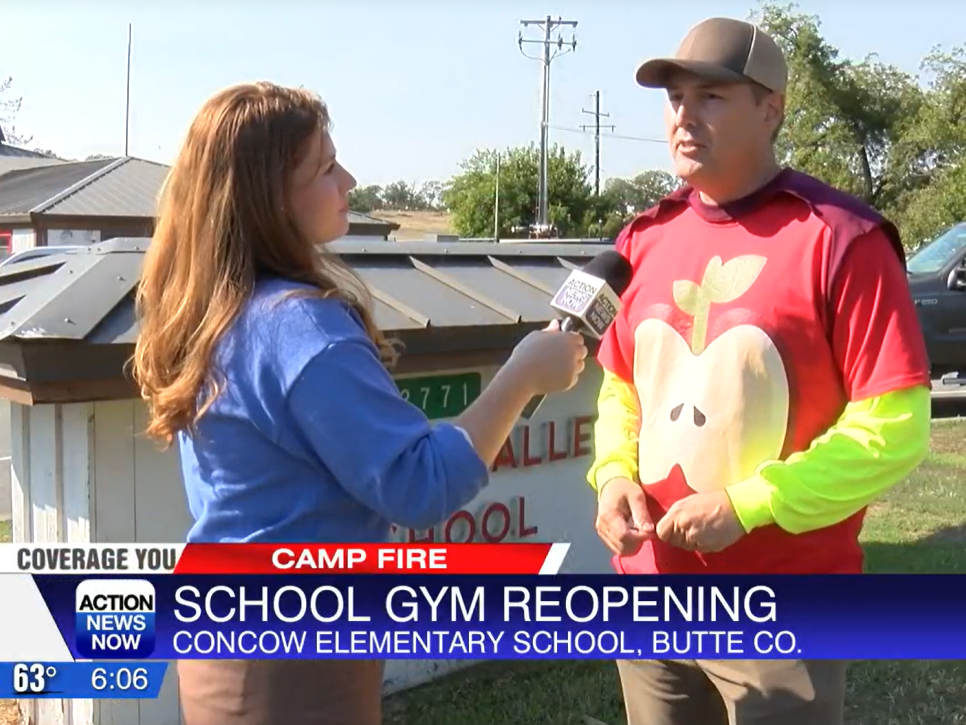During my 20+ years in education and tenure as superintendent / principal since 2010, music has played an important role in classrooms. Relaxing music for the classroom sets the mood while teachers expect students to work in groups or complete independent practice. During my career, I have seen many different systems teachers have used to achieve a calm environment where thinking can take place.

Best Practice: No Commercials
During classroom walk-throughs, I watch students listen to music at low volume while accomplishing a task required by the teacher. Then, a commercial hits – the volume spikes and the students notice. The commercial interruption does just that – interrupts the mood, train of thought, and classroom environment. The teacher has no control over what commercial infiltrates the class and cannot control the various student jokes that seem to follow the commercial. Allowing commercials to randomly play in the classroom creates a noticeably less professional learning environment for students.

End Advertisements in the Classroom by Paying the Monthly Fee
For the cost of about 3 gallons of gas per month, teachers can pay for the service they enjoy using in the classroom – ending ad interruptions. Some classes may have class budgets where this service fee could be considered part of the annual expense of the classroom.

Superintendent Recommendation: Use YouTube Premium for Ad-Free Relaxing Music for Children
Teachers can get YouTube Premium for $11.99 per month. Not only will teachers get ad-free videos but also access to YouTube Music ad-free as well. This monthly fee will eliminate all commercial interruptions, a small price to pay to add more professionalism and productivity to the classroom.
If students listen to just 2 minutes of commercials per day, that equates to students listening to 6 hours of commercials per school year ((2 minutes x 180 days) / 60 minutes). This is equal to nearly an entire school day of students listening to commercials non-stop from morning bell to dismissal. Teachers use YouTube all the time for videos and music in the classroom. It’s time to take action to end the distracting commercials that play before, during, and between videos or music in the classroom.
Best Practice: Calming Music for The Classroom = No Lyrics
When choosing a playlist on a popular streaming service, preferably YouTube Premium, ensure that words are not included. Studies show that best practice is to not include words when studying and thinking. It can be difficult for some students to think during independent practice or group work. As much as the students lobby for their favorite “clean version” of popular songs, resist the temptation. The teacher should set the mood of the classroom. Usually, students will be fine with lo-fi, chill-hop, piano, coral reef meditation music and the like.
Another reason YouTube Premium is great for classrooms is when teachers choose the ad-free music, they also get very calming visuals that can add to the mood of the room. These visuals can be displayed on the classroom’s interactive view board. If this distracts students, simply minimize the display but usually students really enjoy the environment that it creates and will not abuse this privilege.

Low Volume: Soft Music for the Classroom
The volume of the instrumental music being played should not be loud. Instead, the volume should be set to where students should almost struggle to hear. This helps make the music ambient and part of the environment instead of the central focus.
Low Volume Music Can Be Used for Classroom Management
Another very good reason to keep the volume low is that the music can be used as a classroom management strategy. When students begin talking loudly or beginning to break concentration, the teacher can simply say: “I’m having trouble hearing the music” or something similar. Teachers are always surprised at how the students stop what they are doing to then listen to the music again. It reminds them of how calm the classroom should be. A quick teacher follow up could be: “Thank you, I want to be able to hear the music while we finish this assignment.” Using music for classroom management is a super simple and effective strategy that works with nearly any age of students.
Music for the Classroom
When playing music in the classroom, select calm instrumental music played at low volumes without commercial interruptions.



